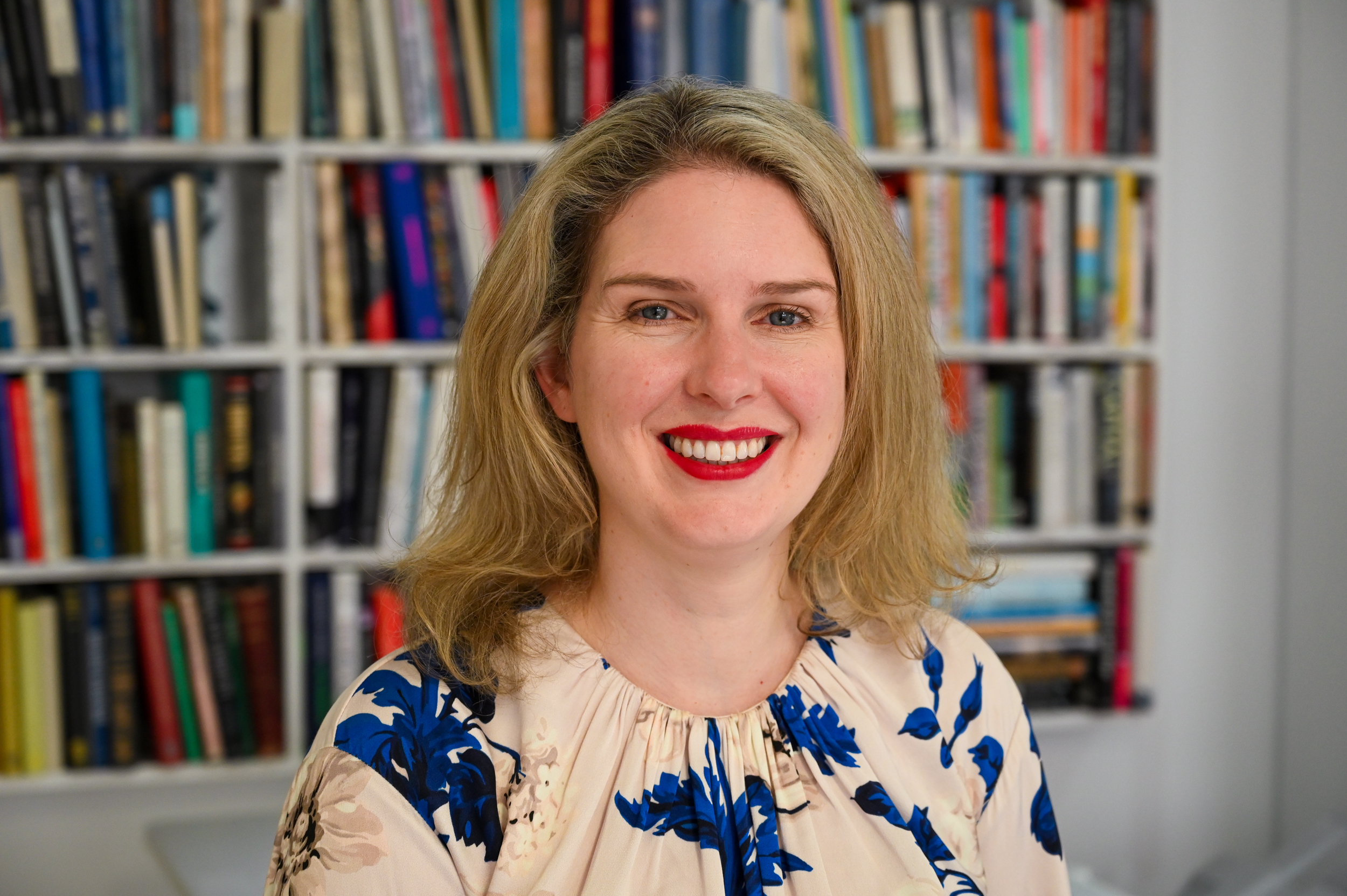Living in Australia Study
Helping shape our future
The study is a source of information to those making economic and social welfare decisions for all Australians
Featured content
-
The Study
The HILDA study continues to be a valuable source of information for policy makers and researchers concerned with improving the lives of all Australians.
-
What's involved
Taking part in the Living in Australia study involves answering questions about many different topics, such as education, employment, retirement, income, family, and how you feel about different aspects of your life.
-
Your online Self-Completion Questionnaire
Complete your Self-Completion Questionnaire online now.
-
Your interview materials
Interview Materials.
What's new in 2024?
The Living in Australia (HILDA) study is an invaluable resource for following lives of individuals and their households. The information you share helps researchers and key decision makers better understand how Australians navigate their lives and how economic and social changes impact the people of Australia.
This year, in addition to getting a general update from you, the study will focus on education, skills, and abilities. Through the interview, we hope to gain a better understanding of how people of all ages enhance their skills and broaden their knowledge across various stages of life. We look forward to finding out how these matters impact you and your household.

A message from Danielle Wood,
Dear HILDA participant
Thank you for being part of such an important survey.
The Productivity Commission provides research and advice to the Australian government on the big economic, social and environmental challenges facing the country.
We use HILDA for a remarkable number of our projects. Recent examples include advice on how the mental health system can work better, how to improve the delivery of affordable housing and reduce homelessness, and options for extended unpaid leave for carers. We have also drawn on the data for research into worsening job opportunities and declining income for young people and research into the size and timing of gifts and inheritances from families.
Many of those projects would not have been possible without HILDA data. HILDA gives a much richer picture than other datasets, which take a snapshot of people’s circumstances in a given year. Because of your generosity in sharing your experience and your family’s experiences over a number of years, researchers and policy makers have a much better understanding of the challenges facing us all. We are extremely grateful for your contribution to Australian policy!
With thanks,
Danielle Wood
Chair, Productivity Commission